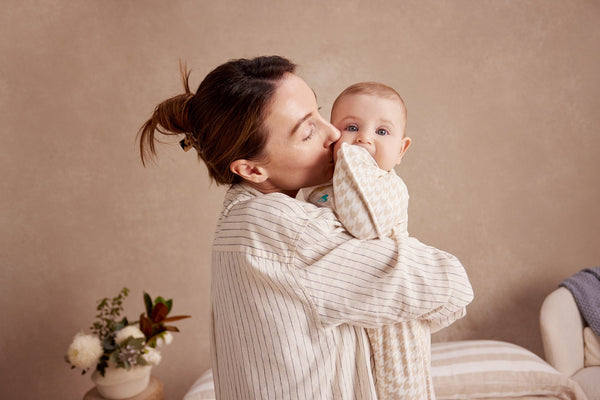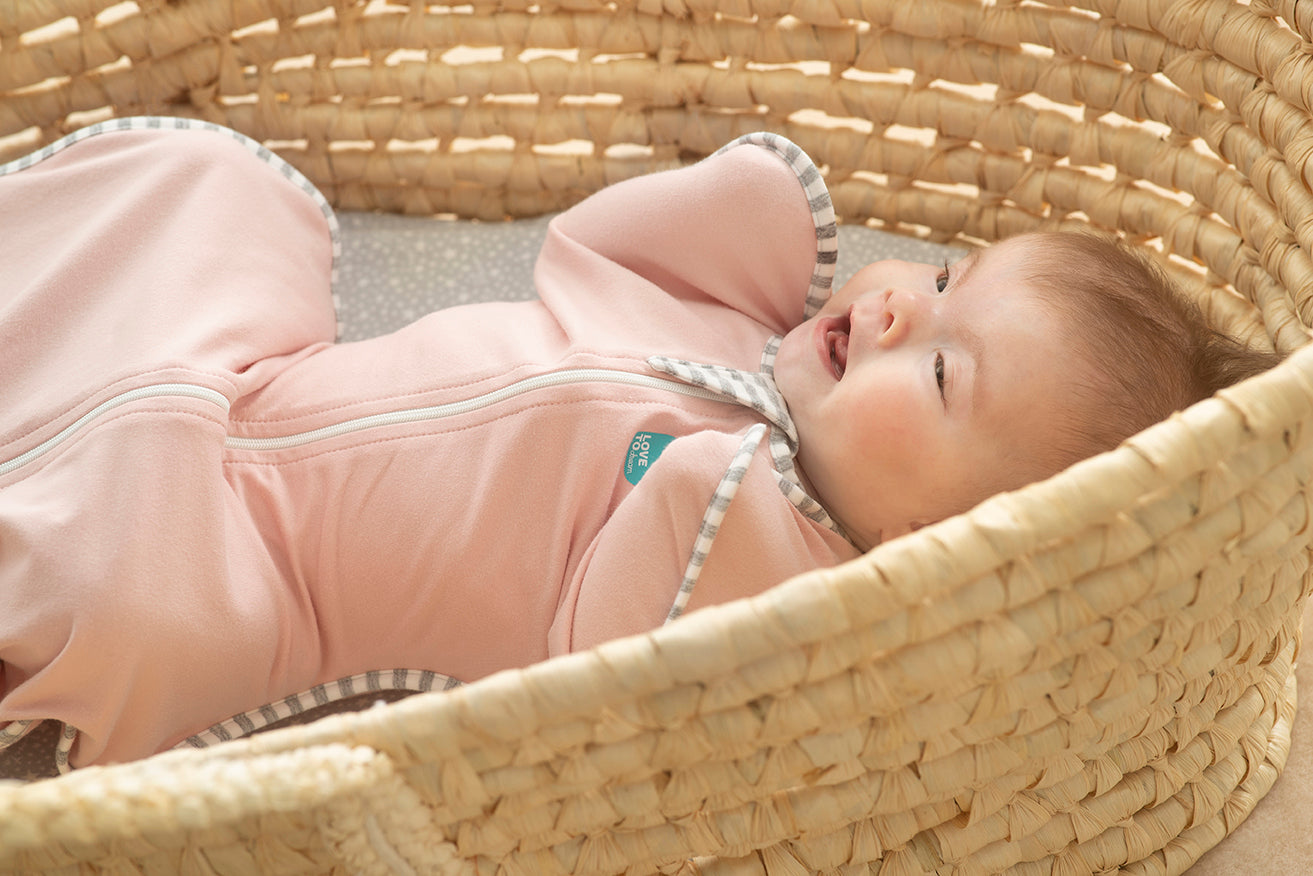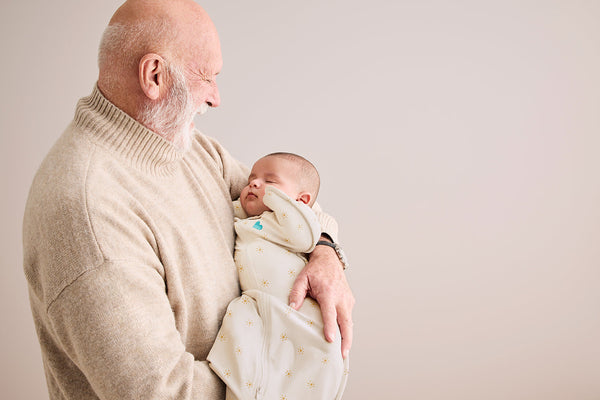And what about SLEEP CUES and TIRED SIGNS?
Newborns
Sleep cues to look out for with newborns include yawning, closing fists, frowning, sucking on fingers to self-settle, fluttering eyelids, gazing, sharp movements of their arms or legs and arching backwards.
Babies and Toddlers
Toddlers will show tiredness by gazing into the distance, yawning, disengaging or losing interest, displaying clinginess, resting their head on furniture or car seats, or becoming upset easily.
How to get your baby to sleep longer at night?
Keep in mind that we need energy to get to sleep and energy to stay asleep. The more we reduce light exposure, engage in consistent full feeds, and allow for adequate movement throughout the day, our ability to sleep will increase. A key for your baby will be to learn to self-settle and self-sooth. Allowing access to hands and fingers through their sleeping garment will encourage this. Getting them used to being in their cot, by themselves and before they are over-tired or upset, will allow them to drop into a deeper and more consistent level of sleep. Remember, babies will wake throughout the night and it is natural to do so. ‘Sleeping through the night’ simply means if your baby does wake up through the night they can fall back to sleep on their own.
What can interfere with sleep for babies?
Light
Artificial lighting or excess exposure to light can causes melatonin deficiencies. We need melatonin to help us fall asleep and stay asleep. Monitor exposure to artificial light and natural light. Get thicker or darker curtains to minimise light, and try to minimise any glare from television or computer screens filtering into their room.
Sound
Loud noises, busy chatter, televisions, music or any unfamiliar sounds can disturb your baby’s sleep. Try to minimise sounds and keep your baby’s room or sleeping space as sound-proof as possible.
Movement
Sometimes a stroll in the pram or holding your baby and walking can sooth and support them with winding down for sleep. Movement is an essential part of their routine, whether it is tummy time or crawling or playing. When it is time to settle, keeping movements gentle can create a nurturing and secure environment.
What should you do if your baby is struggling to sleep at night?
If you have reached a point where your baby is over-tired and out of their rhythm and sleeping habits, engaging a professional can work wonders. Don’t be afraid to reach out to your GP or a sleep consultant for support. Many mums and dads do!
Where should my baby sleep?
It is recommended for your baby to sleep in a cot that has no loose blankets, toys or pillows. Away from power cords and curtain blinds is ideal.
Why swaddles support your baby to sleep?
Swaddles have been the preferred and recommended bedtime garment for babies over the use of blankets due to the lower risk of SIDS. Baby blankets have been deemed less safe due to the fact they can come loose, cover your baby’s face, or wrap and get caught around parts of their body. The snug design of a swaddle allows your baby to feel secure. They can calm the startle reflex that babies can have during sleep. The sleeping bag design of Love to Dream swaddles allows for free moment and flexibility. Depending on the swaddle you choose, some swaddles and sleep bags allow for access to hands which can support your baby to self-sooth.
“Babies sleep well in Love to Dream - they feel secure more than anything,” Sacha Rendolph, Midwife and certified baby sleep consultant says. “Love to Dream is really good; I have recommended the Love to Dream swaddles for years. I find babies have a lot of movement in the swaddle so they are safe… For example, if they begin to roll and land on their front, they land safely due to the room in the swaddle and the ability for movement.”
Love to Dream has a selection of seasonal swaddles available that can be used all year round to help your baby sleep. They come in different fabric compositions and are available for all ages, from newborn up to 4-years old.

















